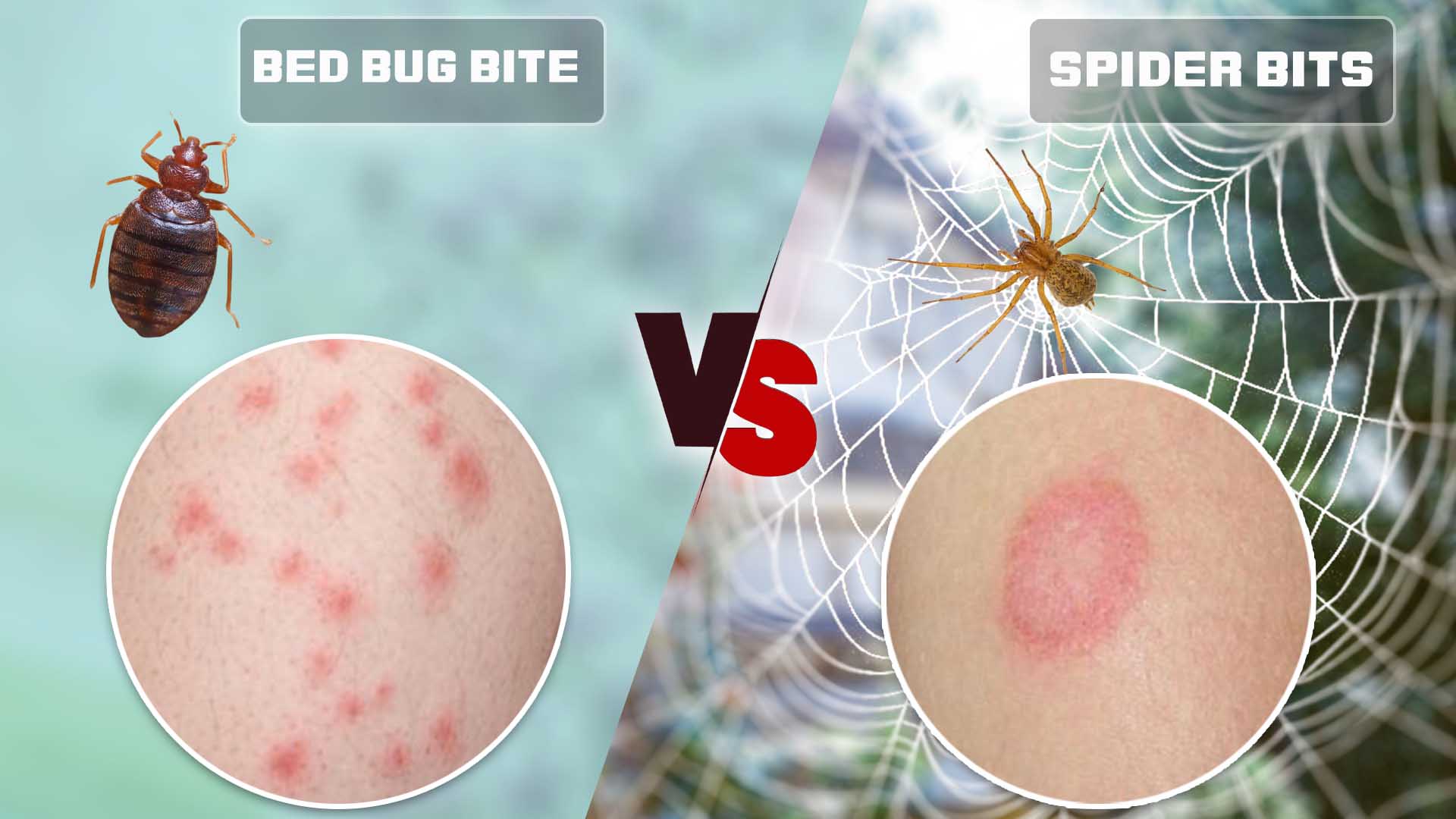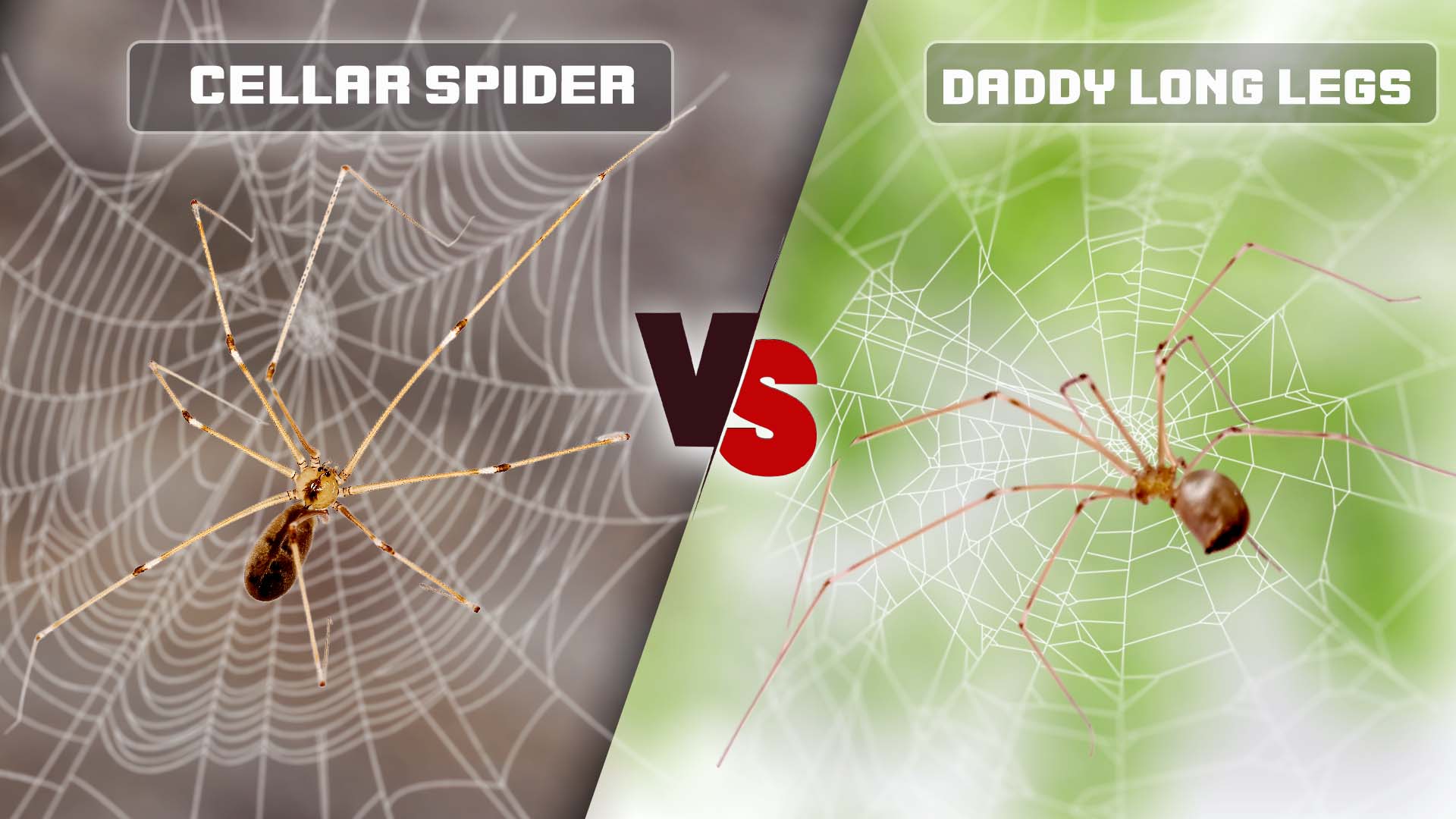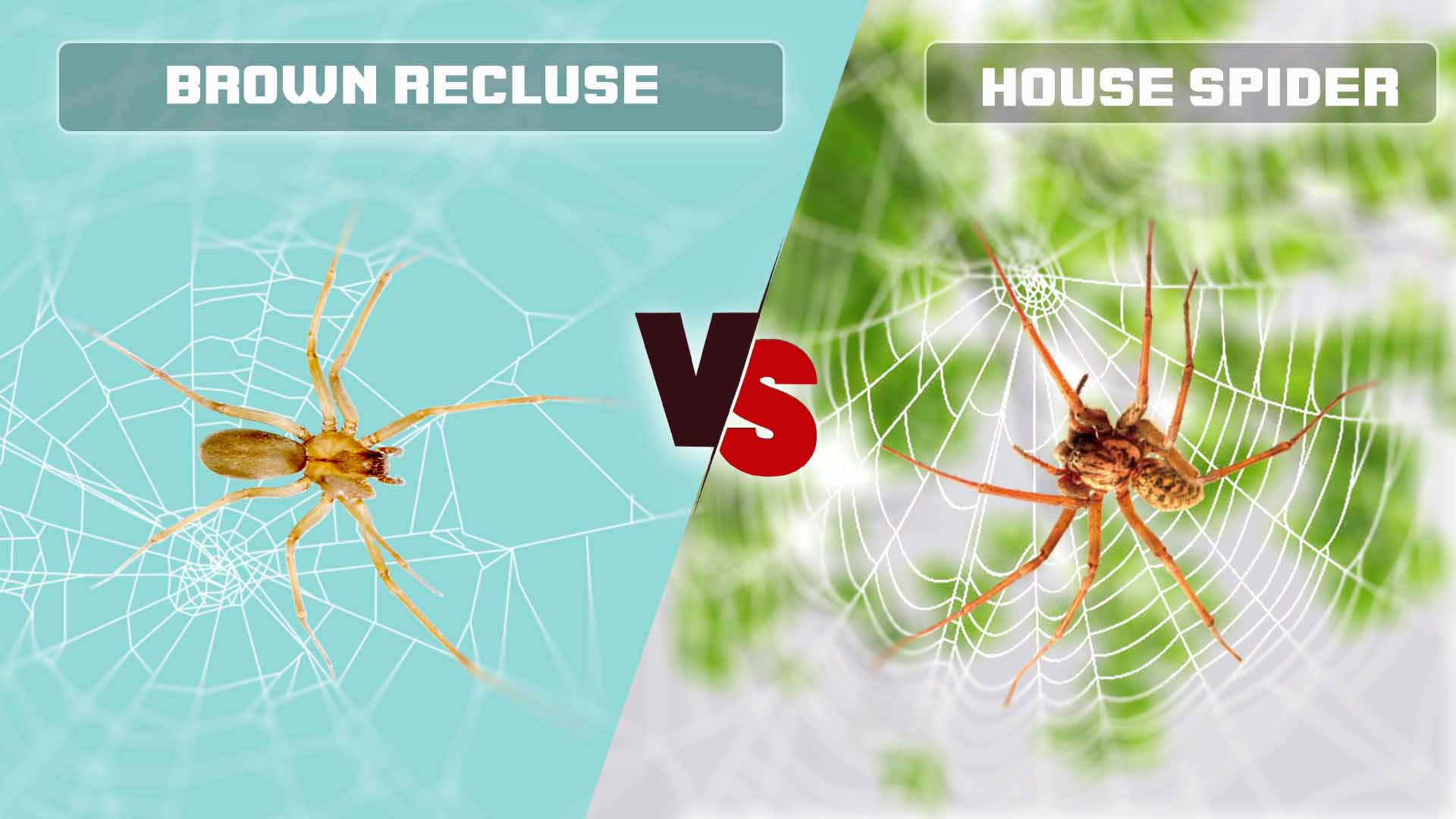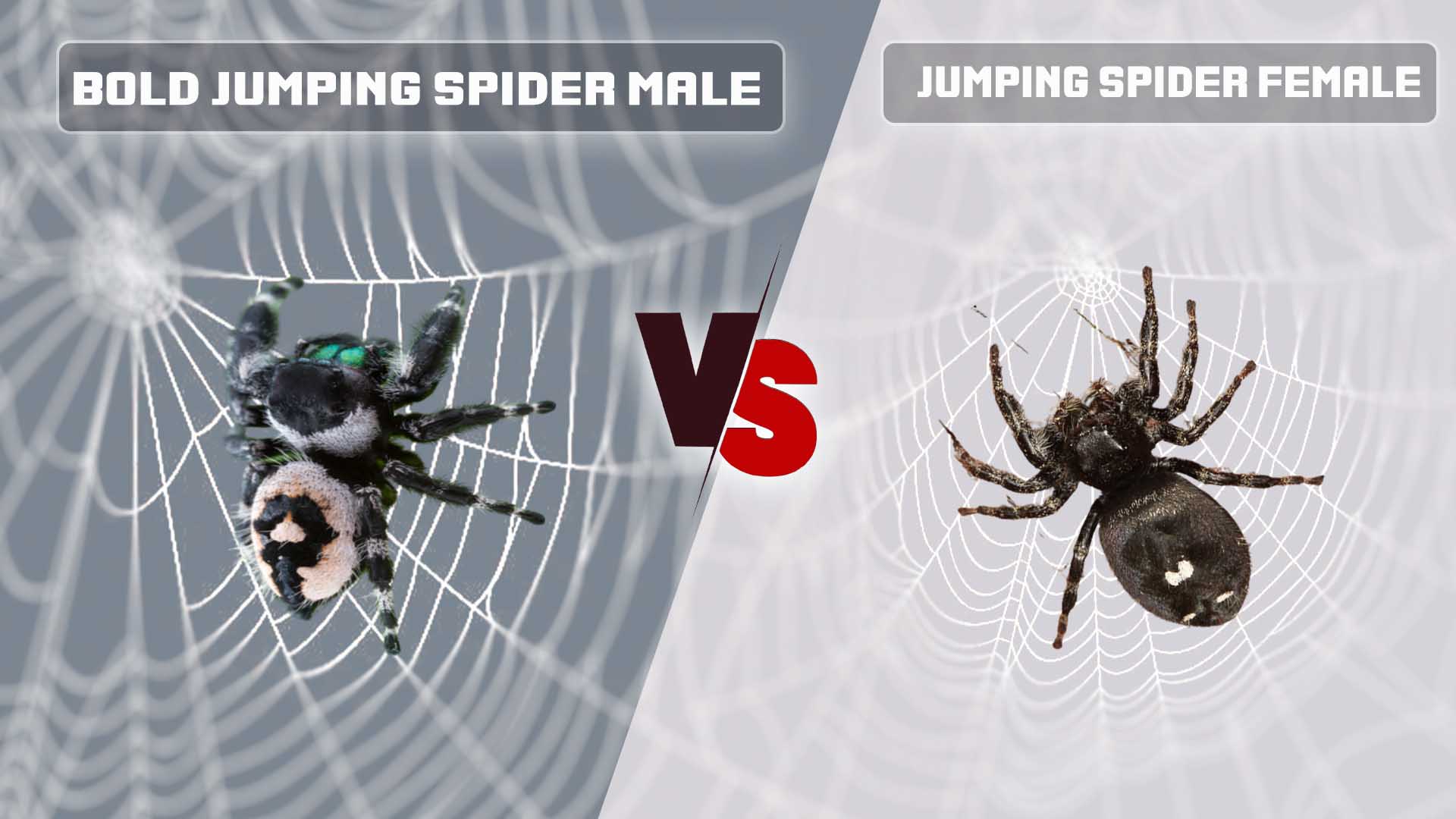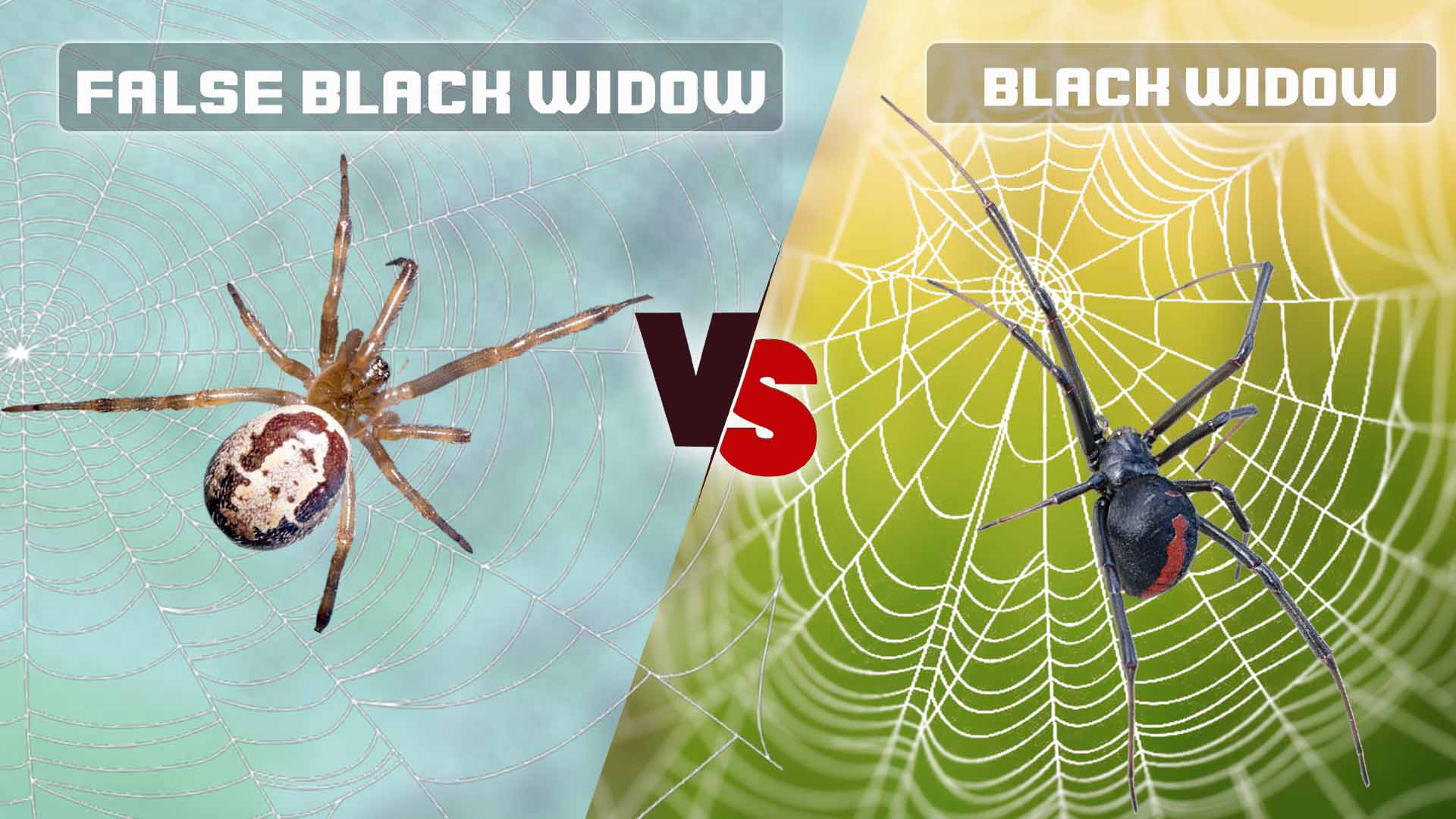Bites from various insects can cause discomfort and confusion due to their similar appearances. Among the most frequently mistaken bites are those caused by spiders and bed bugs. While both may lead to redness, itching, and inflammation, they are distinct in several ways.
In this article, we will discuss the intricacies of spider bites and bed bug bites, highlighting their differences and offering insights on how to identify and treat them.
Identifying Spider Bites:
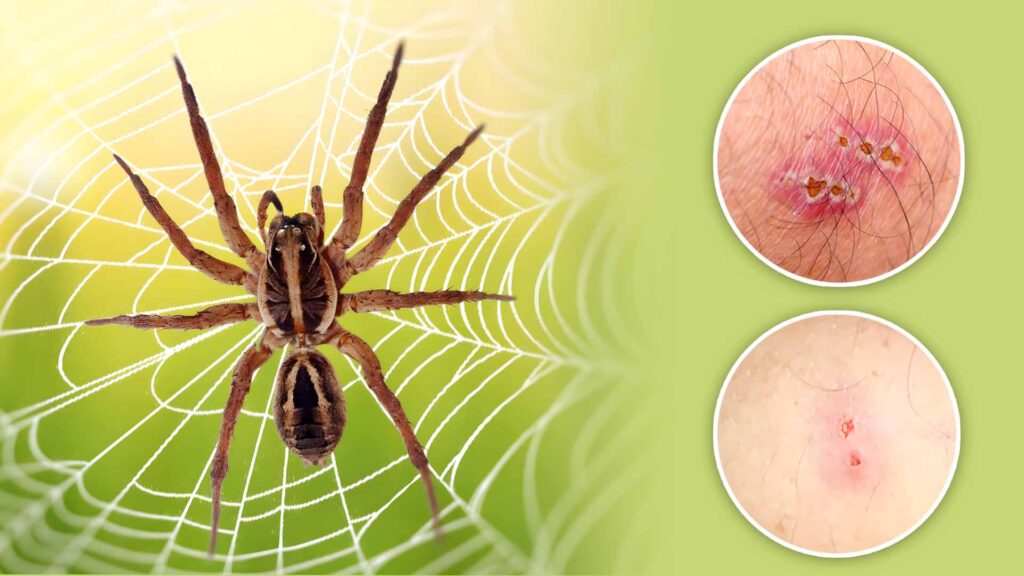
Spiders are arachnids known for their diversity, with thousands of species inhabiting various environments across the globe. While the majority of spider species are harmless to humans, a few are venomous and possess the ability to deliver a bite that can cause discomfort. It’s important to note that spider bites are relatively uncommon and often occur when the spider feels threatened or cornered. There is a Spider Bite Identification Chart, which You can follow to identify the spider bit.
Appearance:
The appearance of a spider bite can vary widely depending on the species and individual reactions. Most spider bites result in localized symptoms, such as redness, swelling, and pain at the site of the bite. One characteristic feature is the presence of two puncture marks close together, resembling fang marks. These fang marks are more prominent in venomous spiders. Additionally, the surrounding skin might become slightly discolored, taking on a reddish or bluish hue.
Symptoms:
The symptoms of a spider bite can encompass a range of reactions. Commonly reported symptoms include:
- Pain and Itching: Spider bites often cause localized pain, which can be sharp or dull, and is accompanied by itching or a burning sensation.
- Swelling: The area around the bite may swell, and this swelling can vary in intensity depending on the individual’s sensitivity to the venom.
- Redness: The skin around the bite may turn red or develop a reddish rash.
- Localized Heat: The bitten area might feel warm to the touch due to increased blood flow to the site of the bite.
- Necrotic Tissue: In some cases, particularly with venomous spiders like the brown recluse or the hobo spider, the tissue around the bite can become necrotic, resulting in a ulcerous sore that requires medical attention.
It’s worth noting that severe allergic reactions to spider bites are rare, but they can lead to systemic symptoms like fever, chills, and difficulty breathing. If you suspect you’ve been bitten by a venomous spider or if your symptoms are severe, seek medical attention promptly.
Common Venomous Spiders:
Black Widow Spider: The black widow spider is recognizable by its shiny black body with a red hourglass-shaped marking on the abdomen. Its bite can cause intense pain, muscle cramps, and other systemic symptoms.
Brown Recluse Spider: The brown recluse spider has a distinctive violin-shaped marking on its cephalothorax. Its bite may lead to necrotic tissue and potentially severe local reactions.
Identifying Bed Bug Bites:
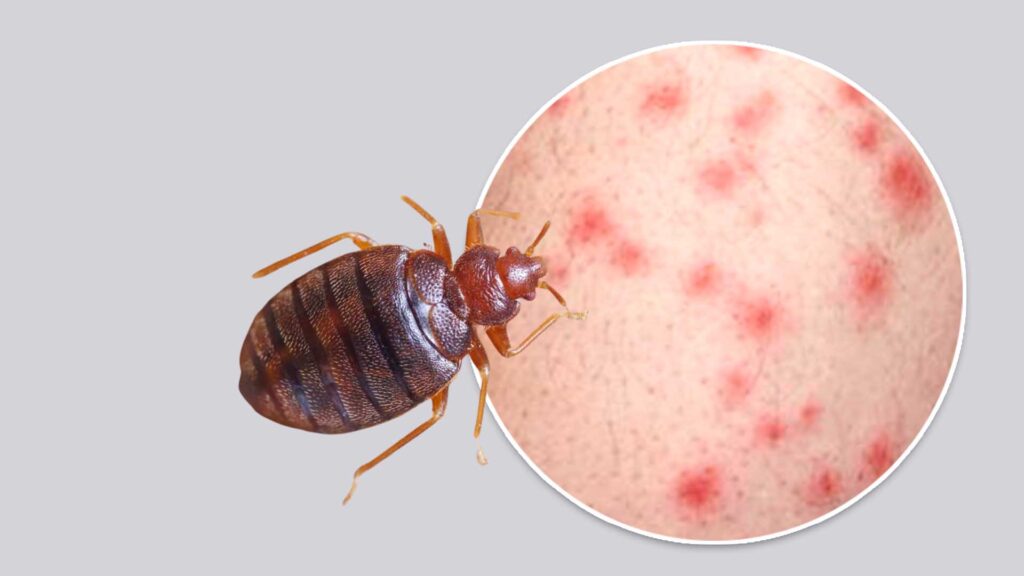
Bed bugs are small, blood-feeding insects that infest human habitats, often found in mattresses, bedding, and furniture. While they don’t transmit diseases, their bites can cause irritation and distress. Bed bug infestations are more common than spider bites and are known to occur in both domestic and public environments.
Appearance:
Bed bug bites typically share a few consistent characteristics that help distinguish them from other types of bites:
Linear Pattern: Bed bug bites often appear in a linear or clustered pattern due to the bugs’ feeding habits. They tend to feed on the same area multiple times during a single night, resulting in a row of bites.
Small, Red Bumps: The bites usually manifest as small, red bumps on the skin, similar to mosquito bites. They can be slightly raised and might have a slightly darker center.
Itchy and Irritating: Bed bug bites are known for their intense itching and discomfort. Scratching the bites can lead to secondary skin infections.
Symptoms:
Bed bug bites are primarily a nuisance, causing localized symptoms rather than systemic reactions. Common symptoms of bed bug bites in the belew section.
- Itching: Bed bug bites are notorious for their itchiness, which can be extremely bothersome and lead to skin irritation if scratched excessively.
- Redness and Swelling: The bites usually result in localized redness and mild swelling around the affected area.
- Delayed Reaction: It’s important to note that some individuals might not react immediately to bed bug bites. The symptoms might take a few days to appear, which can make it challenging to identify the source of the bites.
Differentiating Factors:
Differentiating between spider bites and bed bug bites can be challenging, but a few key factors can help you distinguish between the two:
Bite Pattern: The bite pattern is one of the most significant factors. Spider bites often have two puncture marks in close proximity, whereas bed bug bites tend to appear in linear or clustered patterns.
Location: Spider bites can occur anywhere on the body, especially if you accidentally disturb a spider. Bed bug bites, on the other hand, are commonly found on exposed areas of the skin, such as the arms, shoulders, neck, and face.
Associated Symptoms: While both bites can cause itching and redness, spider bites are more likely to cause pain and localized swelling. Bed bug bites are generally less painful and are primarily characterized by itching.
Presence of Insects: If you suspect bed bug bites, inspect your sleeping area for signs of infestation, such as live bugs, shed exoskeletons, or fecal stains on bedding.
Time of Occurrence: Spider bites typically occur when the spider feels threatened or provoked, while bed bug bites are most likely to happen during the night when the bugs are active.
Treatment and Prevention:
Regardless of the type of bite, certain general measures can help alleviate symptoms and prevent infection:
- Cleaning the Area: Wash the affected area gently with mild soap and water to keep it clean and reduce the risk of infection.
- Cold Compress: Applying a cold compress can help reduce pain and inflammation associated with both spider and bed bug bites.
- Topical Creams: Over-the-counter hydrocortisone creams or antihistamine creams can help alleviate itching and discomfort.
- Avoid Scratching: It’s crucial to avoid scratching the bites, as this can lead to secondary infections and worsen the irritation.
- Medical Attention: If you suspect you’ve been bitten by a venomous spider or if your symptoms are severe, seek medical attention. Similarly, consult a doctor if you experience an allergic reaction or infection due to bed bug bites.
Conclusion:
Spider bites and bed bug bites might share some similarities in terms of symptoms, but understanding the differences between the two can help you identify the source of discomfort and take appropriate measures for relief. While spider bites are relatively rare and often occur due to provocation, bed bug bites are more common and are associated with infestations in living spaces.
By recognizing the distinctive characteristics of each type of bite, you can better address the symptoms and take preventive actions to ensure a comfortable and bite-free environment. If you’re ever unsure about the source of a bite or experience severe symptoms, consulting a medical professional is the best course of action.

